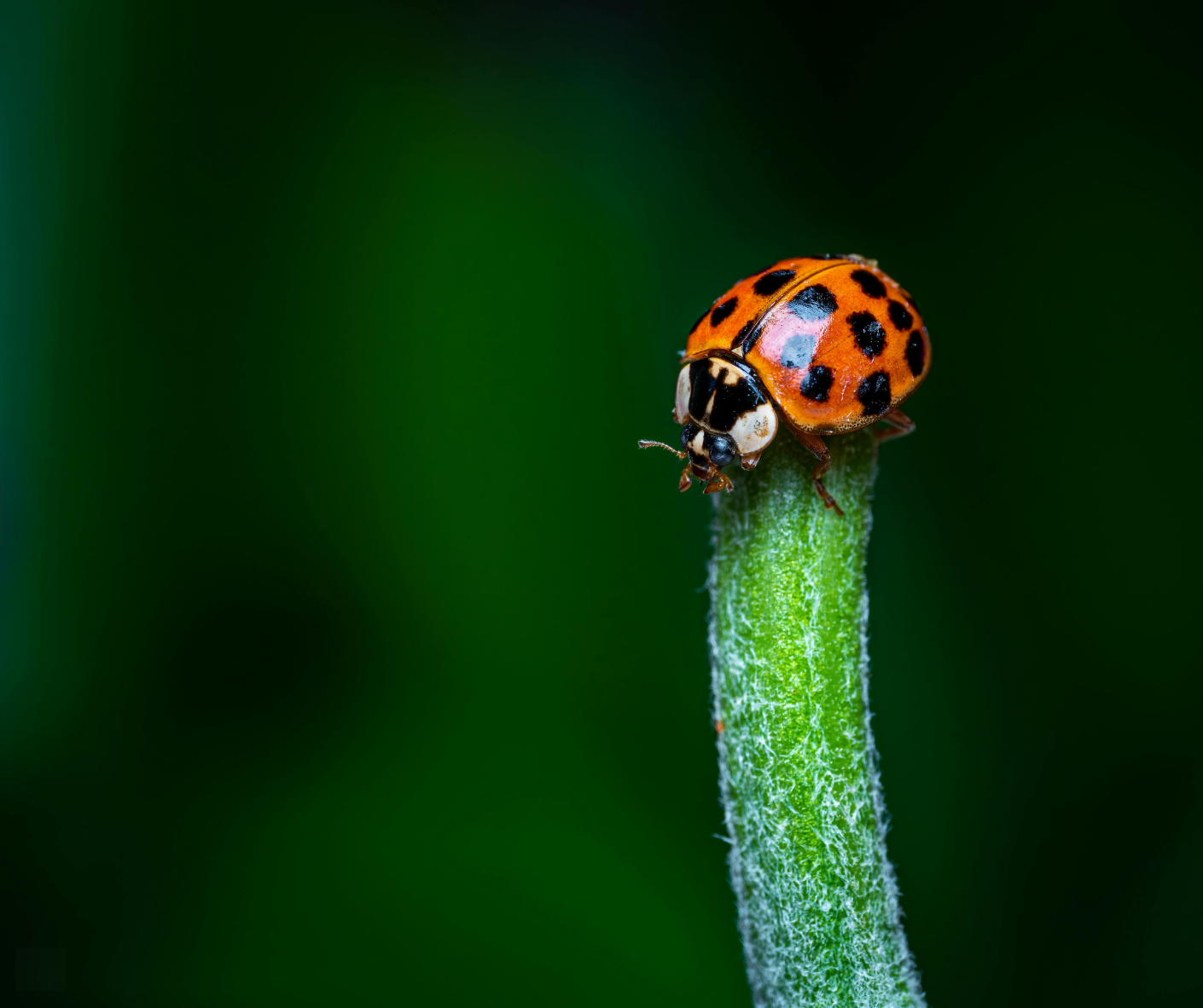What They Are, When They Arrive, and How to Keep Them Out
As the warm days of summer fade into the crisp autumn weather of Southwest Missouri, many homeowners notice a sudden swarm of tiny, reddish-orange insects gathering on siding, windows, and even sneaking indoors. At first glance, you may confuse them with ladybugs, but in most cases these are Asian lady beetles—sometimes simply called Asian beetles. While they resemble the beloved ladybugs we grew up with, their behavior and persistence indoors make them a much bigger nuisance.
Let’s look at the difference between ladybugs vs Asian beetles, why these pests show up in such large numbers in the fall, and—most importantly—how to get rid of Asian beetles before they take over your home.
What Are Asian Beetles?
The Asian lady beetle is a small beetle, usually about ¼ inch long, with a dome-shaped body. Their coloring ranges from pale yellow-orange to deep red, with or without black spots. The easiest way to tell the difference between a ladybug vs an Asian lady beetle is by looking for the black “M” or “W” marking just behind the head.
Originally introduced to the U.S. in the early 1900s for natural pest control, Asian lady beetles helped farmers by eating aphids and other plant-damaging insects. While useful in the garden, the problems begin when these pests decide to invade your home.
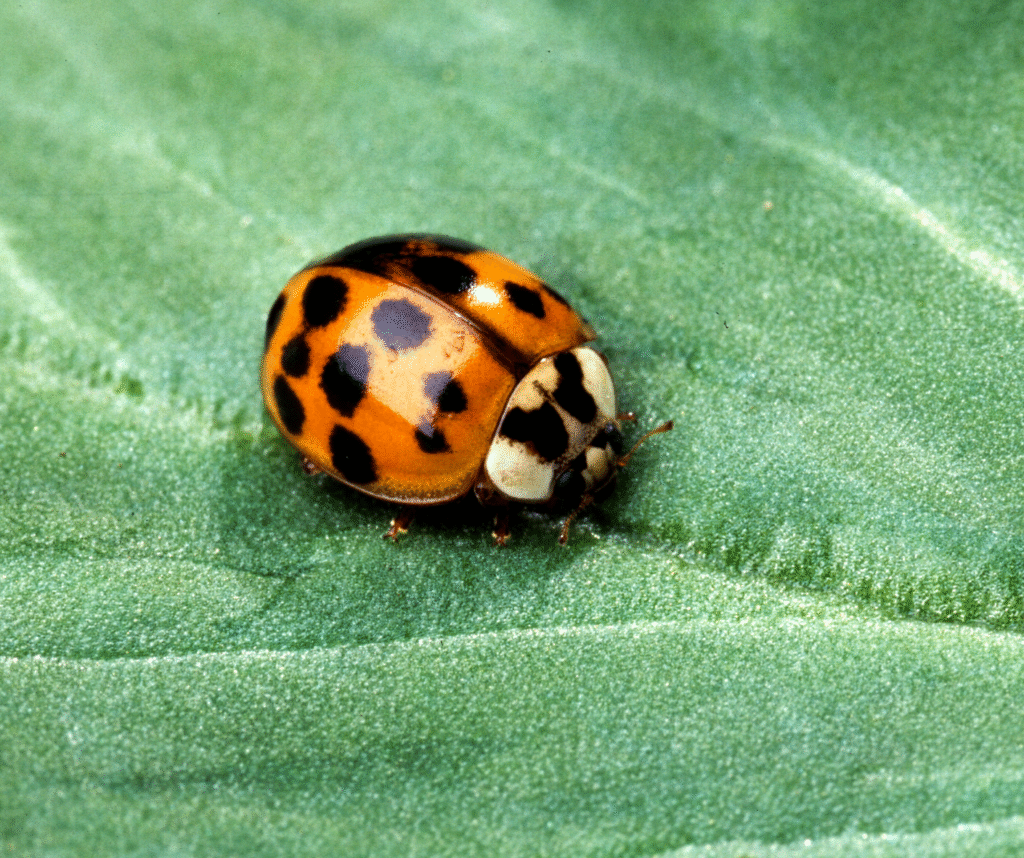
Why Do Asian Beetles Come Inside?
Unlike ladybugs, which typically remain outdoors, Asian beetles look for warm, sheltered spots when the weather cools down. In Southwest Missouri, this usually happens between late September and October. In nature, they would squeeze into tree bark or rock crevices, but now, homes with sunny walls, cracks, and gaps make ideal hiding spots.
Once inside, the beetles go into a hibernation-like state called diapause. They don’t eat or reproduce indoors, but they may become active on warm winter days, wandering into living spaces. That’s when homeowners often start wondering how to get rid of Asian lady beetles that are already inside.
The Problems They Cause Indoors
You may be wondering: are Asian lady beetles harmful? The short answer is no—they’re not poisonous to people or pets. However, their presence indoors causes several issues:
- Odor and Stains – When crushed or disturbed, they release a yellowish fluid with a foul smell that can stain walls, fabrics, and furniture.
- Allergic Reactions – Some people experience eye irritation, coughing, or skin rashes after contact with Asian lady beetles.
- Bites – While not venomous, Asian lady beetle bites can cause mild discomfort similar to a small pinch. This is one major difference when comparing Asian beetles vs ladybugs, since ladybugs don’t bite at all.
- Sheer Numbers – A single beetle may not matter, but infestations can number in the hundreds or thousands. Turning a small nuisance to a major frustration.
Because of these issues, many homeowners seek out the best methods for how to get rid of Asian beetles before they multiply indoors.
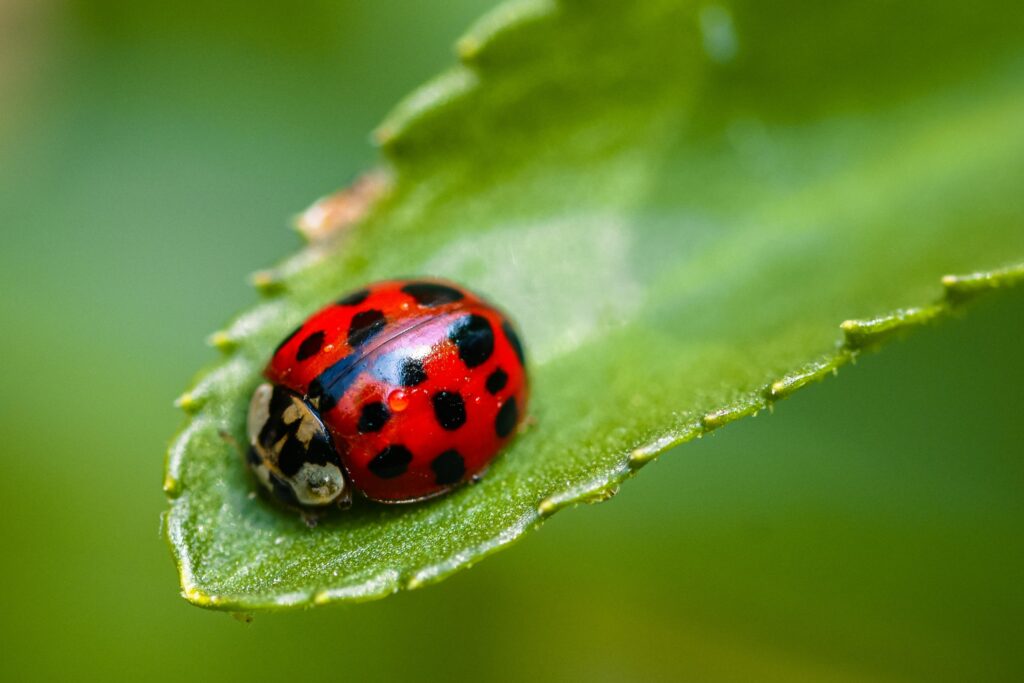
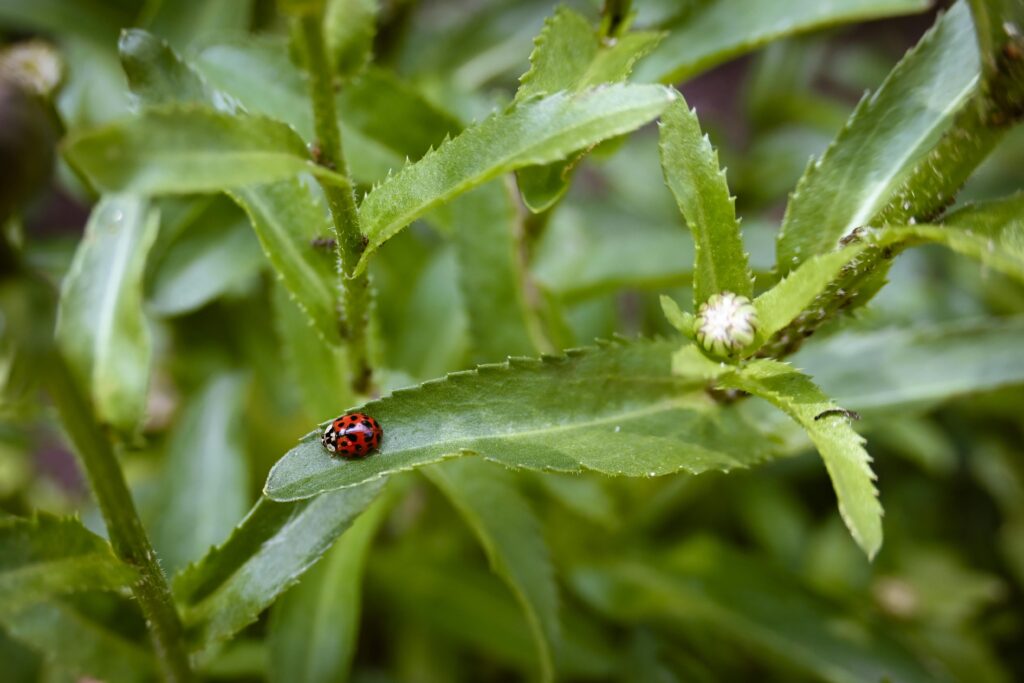
When to Expect Asian Beetles in Springfield, Missouri
In our area, you’ll typically see Asian lady beetles gathering in early to mid-fall, often right after the first cool nights. Warm afternoons following chilly mornings are prime conditions for them to swarm on the sunny sides of homes.
By late October, they’re actively searching for shelter. This is the crucial time to make sure your home is sealed. Once they’ve made it inside, removal often comes down to frequent vacuuming and disposal.
The Importance of Sealing Your Home
The most effective method for how to get rid of Asian lady beetles isn’t really getting rid of them at all—it’s preventing them from entering in the first place. This process, called exclusion, keeps Asian beetles outside where they belong.
Why it works:
- Asian lady beetles can slip through tiny cracks and openings.
- Once inside, chemical treatments are often ineffective because beetles hide deep in walls and attics.
- Physical barriers—caulking, weatherstripping, and screens—stop them before they even enter.
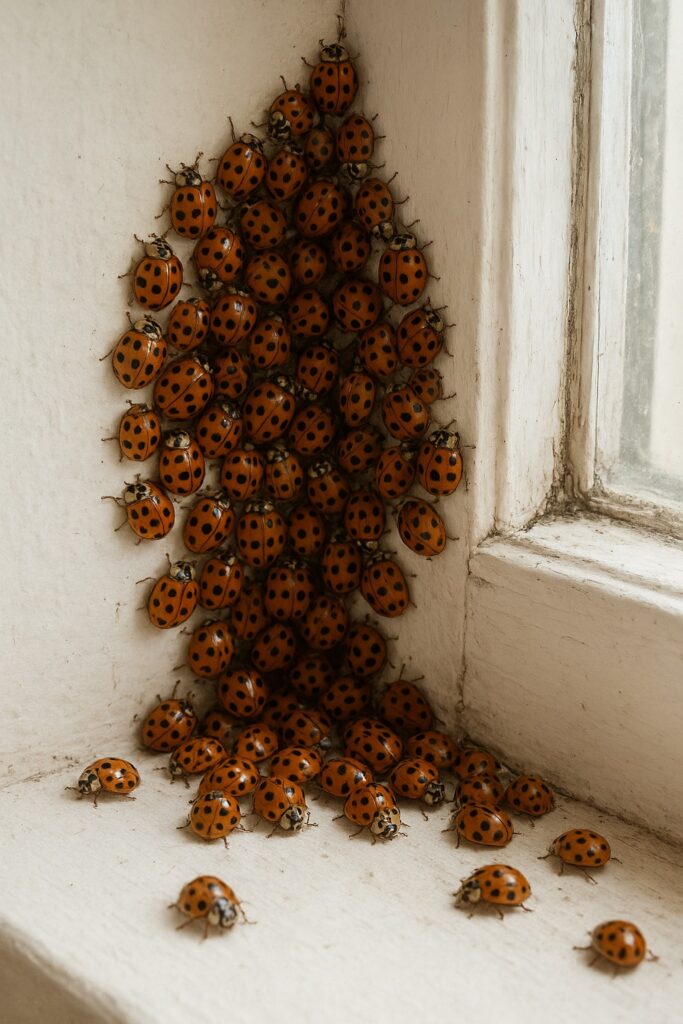
Steps to Seal Your Home Against Asian Beetles
To prevent an infestation this fall, begin preparing by late August or early September. Here’s what to do:
- Inspect and Seal Gaps – Use caulk or foam fillers around windows, doors, siding, soffits, and utility openings.
- Repair Screens – Make sure window, door, and attic vent screens are free from tears or holes.
- Add Weatherstripping – Replace worn weatherstripping on doors and windows.
- Install Door Sweeps – Prevent insects from crawling under exterior doors.
- Check Chimneys and Vents – Add mesh screening without blocking airflow.
- Inspect Rooflines – Seal gaps in soffits and eaves where beetles often slip in.
By blocking entry points, you’ll not only stop Asian beetles but also improve your home’s energy efficiency, and prevent other pests from invading your home.
Additional Preventive Measures
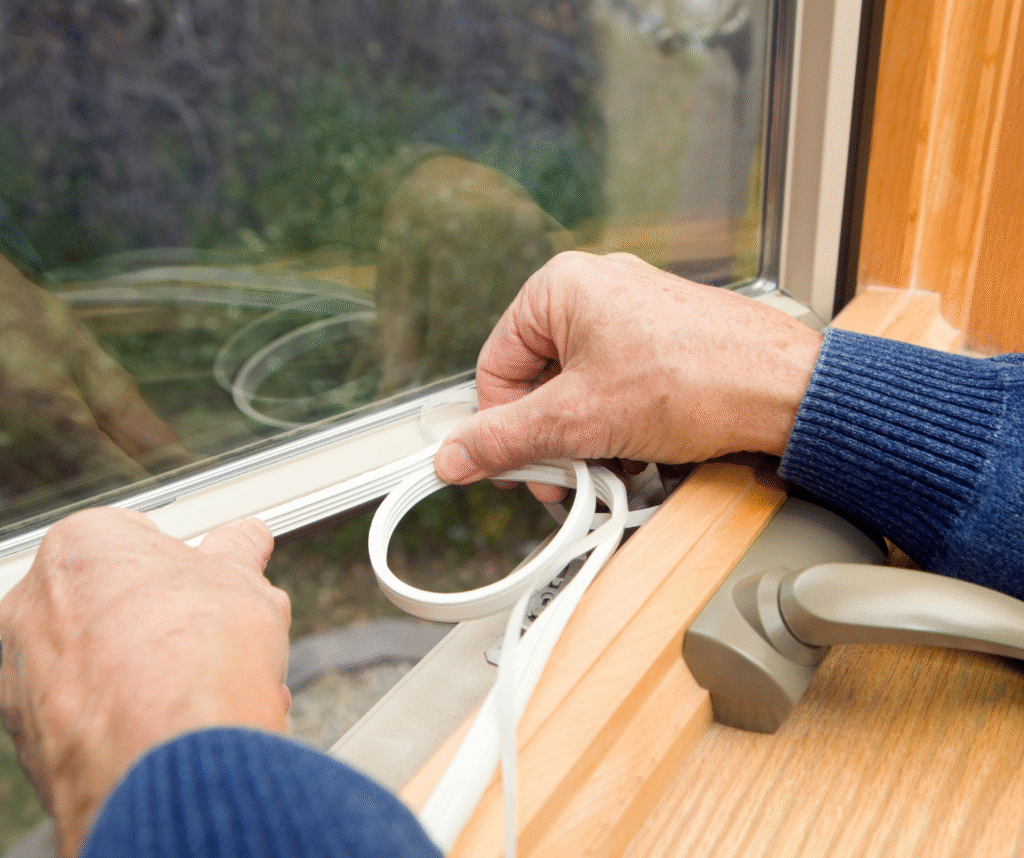
Beyond sealing your home, you can:
- Reduce Outdoor Attractants – Switch porch lights to yellow “bug lights” to make your home less appealing.
- Use Perimeter Pest Treatments – A pest control professional can apply treatments in late summer or early fall for added protection.
- Vacuum Invaders – If a few make it inside, avoid crushing them. Instead, vacuum and dispose of the bag outdoors.
Why Work With a Professional Pest Control Company
While DIY prevention is helpful, professionals can:
- Identify hidden entry points.
- Use the best sealing methods for different surfaces.
- Apply safe, effective treatments at the right time of year.
- Provide ongoing support for long-term control.
In Springfield, Missouri, pest control companies understand the seasonal patterns of Asian lady beetles and can tailor their approach to local conditions.
Stop the Problem Before It Starts
At a glance, it’s easy to confuse ladybugs vs Asian beetles. While they look similar, Asian lady beetles behave very differently indoors. They can bite, cause stains, and gather in overwhelming numbers.
If you’re asking “Do Asian lady beetles bite?”, the answer is yes—though their bites are more annoying than harmful. And if you’re wondering how to get rid of Asian beetles, the best approach is a proactive one: seal your home before fall, and consider calling in a pest control professional for extra protection.
By taking a few preventive steps now, you’ll save yourself the frustration of dealing with beetles indoors all winter long. Don’t wait until the beetles find their way inside—call our team today to schedule an inspection and protect your home before the season changes.

